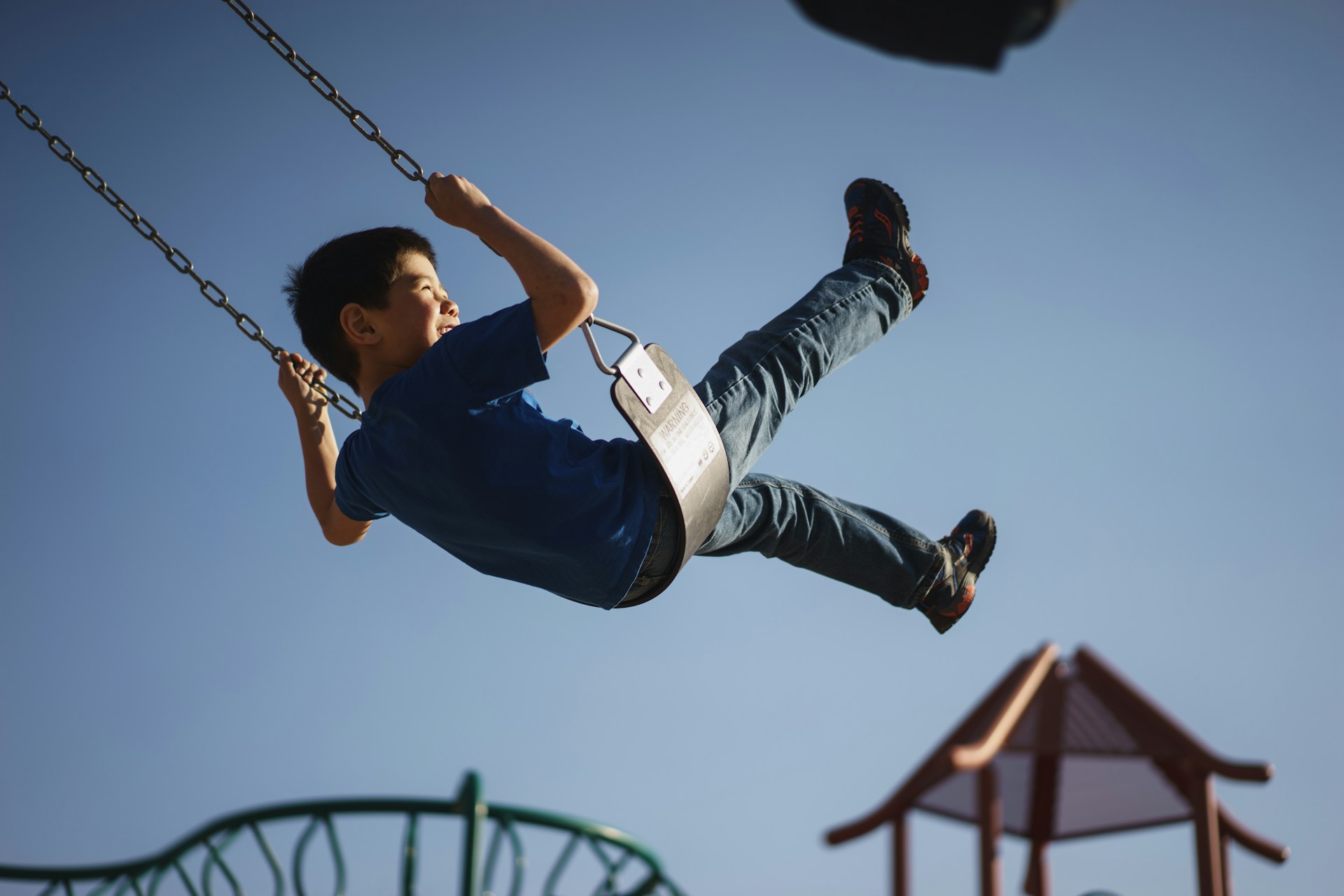- SERVICES
- SUNNY DAYS EARLY CHILDHOOD SERVICES
- OUR THERAPISTS
- SUNNY DAYS EARLY INTERVENTION SERVICES
- SUNNY DAYS BEHAVIORAL / OCCUPATIONAL / PHYSICAL / SPEECH THERAPY SERVICES
- SUNNY DAYS AUTISM SERVICES
- SUNNY DAYS EVALUATIONS & ASSESSMENTS
- SUNNY DAYS BEHAVIOR ASSESSMENTS
- INDEPENDENT INITIAL ELIGIBILITY EVALUATIONS
- FAMILY-CENTERED PLAY BASED EVALUATIONS
- EQUIPMENT & ASSISTIVE TECH REC'S
- HOW TO GET SERVICES
- STATE REQUIREMENTS FOR SERVICES
- VIRTUAL INTERVENTION
- SUNSHINE CENTER
- FAMILY RESOURCES
- TRAINING & WORKSHOPS
- JOIN OUR TEAM
- Blog
- Home
- About
- RESOURCES
- SERVICES
- SUNNY DAYS EARLY CHILDHOOD SERVICES
- OUR THERAPISTS
- SUNNY DAYS EARLY INTERVENTION SERVICES
- SUNNY DAYS BEHAVIORAL / OCCUPATIONAL / PHYSICAL / SPEECH THERAPY SERVICES
- SUNNY DAYS AUTISM SERVICES
- SUNNY DAYS EVALUATIONS & ASSESSMENTS
- SUNNY DAYS BEHAVIOR ASSESSMENTS
- INDEPENDENT INITIAL ELIGIBILITY EVALUATIONS
- FAMILY-CENTERED PLAY BASED EVALUATIONS
- EQUIPMENT & ASSISTIVE TECH RECS
- HOW TO GET SERVICES
- STATE REQUIREMENTS FOR SERVICES
- VIRTUAL INTERVENTION
- SUNSHINE CENTER
- FAMILY RESOURCES
- TRAINING & WORKSHOPS
- JOIN OUR TEAM
- Blog
- News
- Contact Us
Sunny Days Blog
How to Utilize Outdoor Play for Gross Motor Development

Did you know that summer is the perfect time to support your child’s development and gross motor skills?
Gross motor activities involve the big muscle groups used for walking, running, jumping, climbing, and coordination. These movements form the foundation for everything from sitting upright in class to participating in sports, playing with peers, and even focusing on tasks.
Here’s why getting outside and moving this summer is more than just fun—it’s essential.
What is Gross Motor Development?
Gross motor development is the act of engaging in movements and activities that help develop the body's large muscle groups, such as the torso, arms, and legs.
Infants engage in gross motor development with tummy time, lifting the head, rolling over, crawling, and walking. Toddlers build their gross motor skills by walking running, jumping, climbing, kicking, and throwing.
How Do Outdoor Activities Support Gross Motor Development?
Playing outside helps young children develop their gross motor skills in several ways:
1. Outdoor play provides an opportunity to build strength, balance, and coordination
Playing outside naturally encourages climbing, running, biking, and jumping. These activities help develop:
- Core strength (important for posture and focus)
- Balance and coordination
- Body awareness and motor planning
Children who receive physical or occupational therapy often benefit greatly from consistent movement—especially when it doesn’t feel like “work.”
2. Outdoor play supports sensory regulation
The natural environment offers rich sensory input: the feeling of grass under feet, the sound of birds, the visual stimulation of trees and the sky. These experiences help children with sensory processing needs:
- Stay calm and regulated
- Develop tolerance for new textures and environments
- Improve attention and emotional control
Outdoor sensory play is especially helpful for kids receiving OT or ABA therapy who benefit from sensory integration strategies.
3. Encourages Social Interaction & Communication
Playing outside with siblings or neighborhood kids offers natural opportunities for:
- Practicing turn-taking
- Using social language
- Building confidence in group play
Children receiving speech therapy or ABA can use outdoor games to practice real-life communication skills in a fun, low-pressure setting.
4. Promotes Mental Health & Emotional Well-being
Fresh air, sunshine, and movement are powerful tools to support:
- Reduced anxiety and stress
- Improved mood and self-esteem
- Better sleep routines
Even a simple walk, park visit, or backyard obstacle course can go a long way in boosting your child’s mental and emotional wellness.
How to Get Started with Outdoor Motor Skills Development
- Create a “summer movement jar” with fun gross motor activities: hopscotch, animal walks, bike rides, water balloon tosses
- Set small daily goals for outdoor play (15–30 minutes to start)
- Join in! Kids are more likely to stay engaged when you model the fun
We believe learning and development don’t stop when school does. Our therapists are here to support your child’s growth all year long—and that includes helping you bring therapeutic play into everyday life.
Have questions or want ideas personalized to your child’s needs? Don't hesitate to contact us. Let’s make this summer one to remember!
Dr. Lindsay Hilsen, BCBA-D | Director
As Director of Sunny Days Sunshine Center, Dr. Lindsay Hilsen brings over 20 years of experience with early childhood intervention and autism to the position. Lindsay received her Doctorate in Special Education through Nova Southeastern University. She is a Board Certified Behavior Analyst at the doctoral level (BCBA-D) who holds two masters in Special Education and Education, as well as a certified NJ special education teacher and elementary education teacher. She is also the author of two Autism Curriculums: A Step-By-Step Curriculum for Early Learners with an Autism Spectrum Disorder and A Step-By-Step ABA Curriculum for Young Learners (ages 3-10) with Autism Spectrum Disorders.

